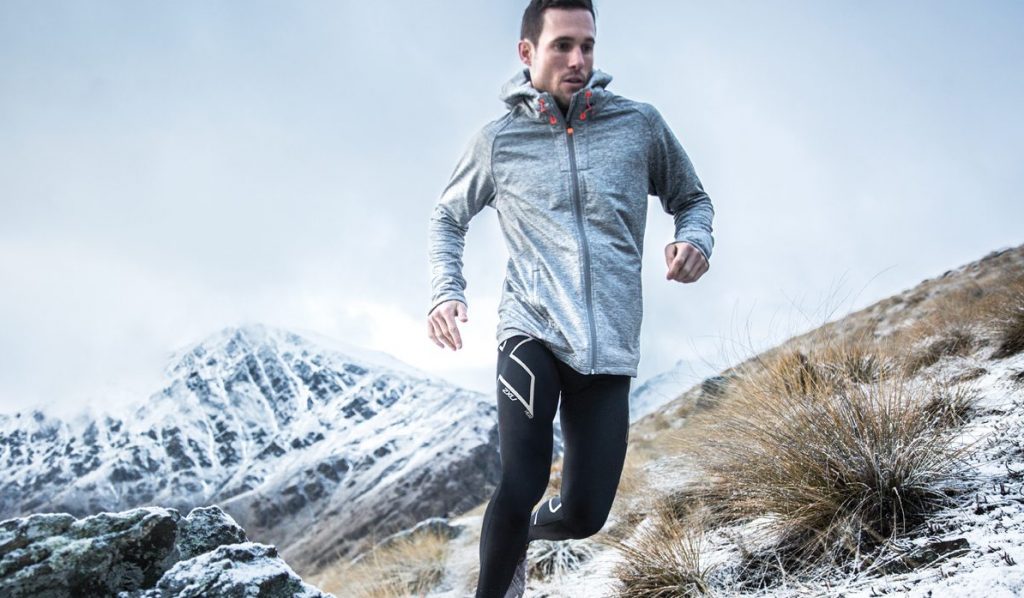North American President Brian Anderson sat down with SGB for an interview on 2XU’s planned expansion beyond professional athletes and the medical field.
You’ve likely seen graduated compression worn by premier athletes or perhaps someone recovering from an injury. But admittedly, the proven benefits of the specialized baselayers and hosiery has yet to go mainstream. That’s Anderson’s mission to educate and expand the category.
SGB: What has helped graduated compression expand from medical use only to being worn by today’s premier athletes?
BA: Competitive triathletes and distance runners have been wearing compression garments for many years. Anxious to cut their race times by a few percent and recovery quickly, triathletes have long recognized the benefits of graduated compression apparel. The term “compression” does not have a clear meaning to most consumers. To most “compression” simply means tightly fitting apparel. While tight-fitting garments feel good and have some limited benefits, true graduated compression apparel has a significant impact on performance and an even greater impact on recovery. Pro trainers know that elite athletes recover faster and perform better after wearing compression tights, socks, calf sleeves, etc.
SGB: How can 2XU and other compression gear manufacturers move the category beyond elite athletes to a broader audience?
BA: That is the hundred-million-dollar question. We certainly need to do our part to educate consumers about the amazing benefits of graduated compression. But retailers can and should play a major role in the education of consumers. Typically compression garments are merchandised in the recovery section and often treated as an accessory to the U.S. consumer. This is a huge lost opportunity. In Australia, and a few other markets like Scandinavia, big-box retailers have begun to treat compression as an entire category on the selling floor. They work with compression brands like 2XU to educate consumers on the benefit of compression, during sport and for recovery after sport.
SGB: You can wear compression gear head-to-toe … are there limits? Should someone only wear it for a set period of time? Does the body need a break to uncompress?
BA: Properly graduated compression apparel and socks can be safely worn for as long as the athlete is comfortable. The medical classification for compression in the U.S. establish that garments that achieved 20-30 mmHg of pressure at the ankle are safe for everyday wear. Compression that exceeds 30mmHg at the ankle is more commonly reserved for individuals with chronic circulatory issues or more severe cases of venous insufficiency. It is easy to find 30-plus garments in the open market, but just because it has more pressure, doesn’t make it a better product for the athlete. These garments are typically manufactured with textiles that are not accommodating for athletes. First time wearers of compression will typically feel an immediate sensation of energy and support in their legs. It is quite common for athletes to report that increased frequency of wear results in an ability to wear compression for a longer period of time. It’s similar to training for a marathon by starting with a 5K.
Photo courtesy 2XU











